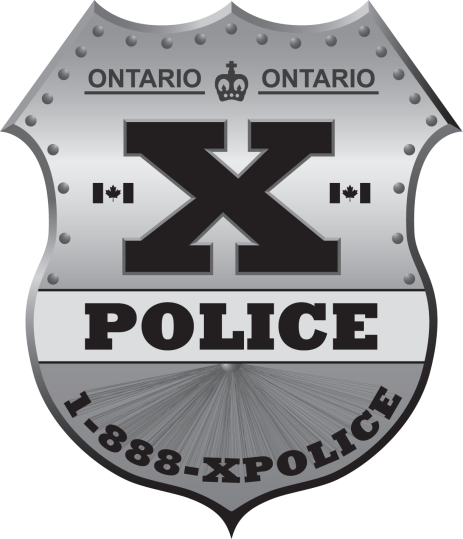What exactly am I supposed to do if I’m driving and I hear sirens? They freak me out and I’m never sure what to do. I’d always thought I was supposed to pull over to the right. But I’ve seen cars just slow down or stop where they are without pulling over. Which is it? – Tara, Toronto
As soon as you hear sirens coming your way, calmly pull over to the right and stop.
“Slow down, check to the right, and pull over as soon as it is safe to do so to allow the emergency vehicle to pass you,” Ric Rangel-Bron, spokesman for Toronto Paramedic Services, writes in an email.
The rules are laid out in Ontario’s Highway Traffic Act. If you see a fire truck, police car, ambulance or public utility vehicle blaring its sirens or flashing its red lights – red and blue for police cars – immediately come to a stop “as near as is practicable to the right-hand curb or edge of the roadway and parallel therewith and clear of any intersection.”
If you don’t pull over, it’s a minimum $400 fine and three demerits.
But coming to a stop doesn’t mean just slamming on the brakes and stopping wherever you are. If you do that, you become a roadblock to emergency vehicles.
“Stopping in an active lane only causes greater traffic problems for the responding Emergency Services,” Rangel-Bron says.
Worse, if you stop suddenly, you could cause a crash that could block the route entirely.
Panic room?
Paramedics, police and firefighters are used to drivers who panic and don’t know what to do when they hear sirens.
But the more drivers who pull over to give them a clear path, the more room they have to get around the drivers who are stunned, not paying attention or just don’t think they have to stop.
Ontario’s Driver’s Handbook says to react “quickly but calmly.” That means signalling the turn, checking your rear-view mirrors for other vehicles who are also trying to pull over and then gradually coming to a stop.
“Use extreme caution when stopping your vehicle because other drivers may not yet be aware of or are already reacting to the approaching emergency vehicle,” it says.
And the rules apply to traffic in both directions. Unless you’re on a divided highway, you should be pulling over even if the emergency vehicle is in the opposite lane.
“They may have to enter the oncoming lane of traffic,” Rangel-Bron says. “This is not something they like to do, but at times there may not be an option.”
If you’re on the highway, stop in the far right side but don’t pull onto the shoulder, Rangel-Bron says. That’s because that ambulance may have to use the shoulder if the road is blocked.
And if you’re already in the intersection and are waiting to turn? As long as you can do it safely, go straight through the intersection instead and then pull over once you’re on the other side.
Once that ambulance has passed, make sure that no other emergency vehicles are coming before you pull back into traffic.
These rules apply to any vehicles on the road, including bicycles, e-bikes and motorcycles, Rangel-Bron says.
And if you’re a pedestrian about to cross the street, you should wait until the emergency vehicle has passed.
The rules vary by province, but they all require you to get to the right. Quebec’s rule, for instance, says to slow down, keep as far to the right as you safely can and, if necessary, stop.
“Remember, the emergency response that we’re travelling to may be your home, a loved one or a friend,” Rangel-Bron says. “Let us get to their side as soon as possible.”
Source: The Globe and Mail
